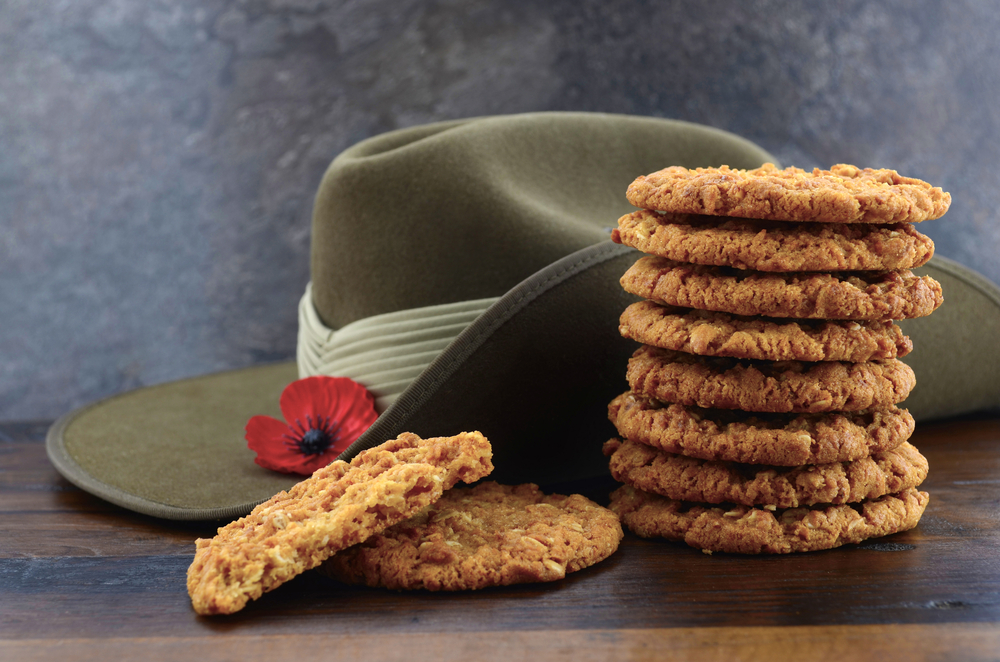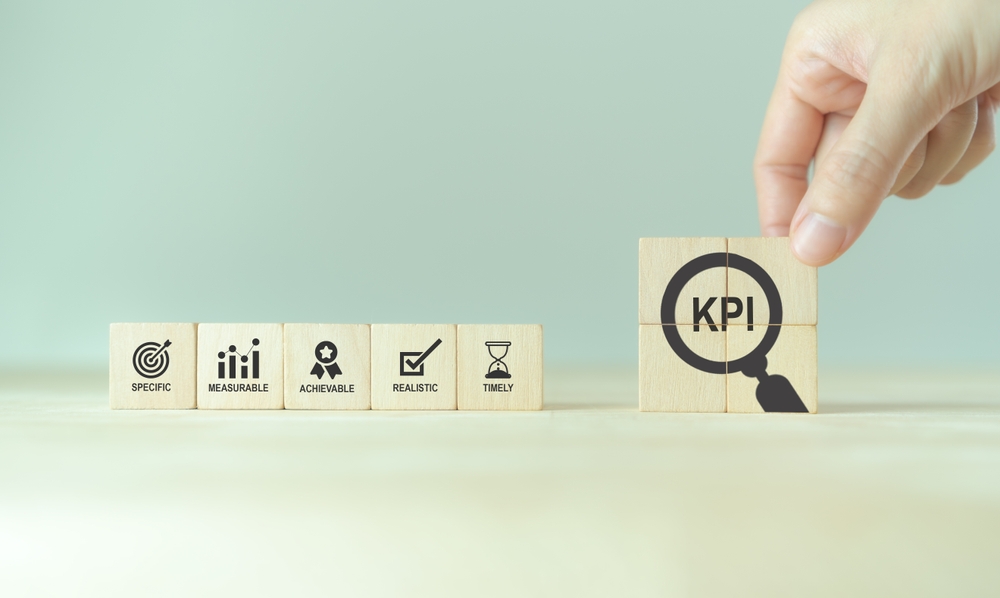The two-thirds of Australians who attend arts events and festivals are doing so less frequently, a national snapshot has revealed.
The 2022 National Arts Participation Survey asked some 10,000 people about their engagement with the sector, in the first version of the landmark survey conducted since the COVID-19 pandemic.
The results show 68 per cent of the population aged 15 or over attend live events such as concerts, theatre or festivals.
That’s the same figure as before COVID-19, allaying fears people may have disengaged since the last survey in 2019.
But people are attending less frequently, going every few months rather than each week.
The cost of living may be biting – about half of those who attend live arts want to go more often, but cost and distance are holding them back.
Ticket prices are one barrier for people (55 per cent, up from 34 per cent in 2019) and two in five Australians say there are no arts events near where they live (40 per cent, up from 25 per cent).
It all shows access to free or low-cost arts events should be a priority, according to new national arts funding body Creative Australia, which runs the survey.
Another top-line result is that almost all Australians (97 per cent) participate in the arts as makers or audience members.
And people are increasingly acting on the knowledge that it’s good for them, with a jump in the number of people heading to arts and cultural events to improve their wellbeing (32 per cent, up from 25 per cent).
More than half of those surveyed (56 per cent) said the arts also have a big impact on our wellbeing and happiness, and our capacity to deal with stress, anxiety or depression.
One unsurprising result is the rise of online arts engagement, with 88 per cent of Australians engaging with art and culture online in 2022, up from 82 per cent.
Yet the number of Australians who read for pleasure has fallen.
The proportion of Australians aged 65 and over who read for pleasure has dropped significantly, from 77 per cent to 68 per cent, and the percentage of people in this age bracket who do not read print books as all has jumped from one-quarter in 2019, to 35 per cent.
The results also show Australians are positive about Aboriginal and Torres Strait Islander arts, with more than 15 million people agreeing it’s an important part of the country’s culture.
Yet while Indigenous and culturally and linguistically diverse (CALD) Australians are very engaged with the sector, they are more likely to feel disconnected from the arts scene.
Two in five First Nations respondents and one in three CALD respondents reported that cultural and creative experiences were not really for people like them.
Additional surveys were conducted with Indigenous people in regional and remote communities, Australians from culturally and linguistically diverse backgrounds, and people living with intellectual disability.
Liz Hobday
(Australian Associated Press)






